How Attitude Toward One’s Appearance Affects Self-Esteem and Why It’s Important to Accept Ourselves as We Are
Learning to love your reflection in the mirror — with all its unique features and quirks—is no easy task, wouldn’t you agree?
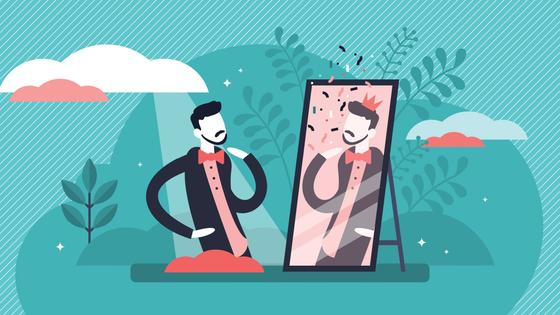
Yet, accepting your body and appearance is considered the foundation of healthy self-esteem. Let's explore how our perceptions of beauty are formed, how they affect our psychological well-being, and whether it's possible to cultivate self-love intentionally.
How Perceptions of Human Beauty Are Formed

Our ideas about physical attractiveness are shaped by cultural, historical, and national traditions, as well as societal stereotypes and the feedback we receive from others. For instance, beauty standards vary drastically across countries and eras-sometimes even contradicting one another. This is easily observed in the works of artists who celebrated different ideals of beauty throughout history.
In Ancient Greece, for example, beauty was associated with an athletic build, well-defined muscles, tall stature, and, most importantly, symmetrical and proportionate facial features. By the Middle Ages, when the Church preached asceticism and the mortification of the flesh, a thin body became the ideal. By the 16th century, however, thinness was linked to illness, poverty, and even spiritual narrow-mindedness. Thus, during the Baroque era, Flemish painter Peter Paul Rubens introduced a new beauty standard in art-a fuller figure, voluptuous curves, and pronounced facial features. François Bouche continued this tradition, as seen in his 1754 painting The Judgment of Paris.
Later, thinness returned to fashion, symbolizing the emotional turmoil and impending societal revolutions-technical, political, and sexual-that the Romantics embraced. For a long time afterward, a slender figure remained the key marker of attractiveness. Only now, with the rise of the body positivity movement, is this beginning to change.
Nevertheless, we live in a society that continues to shape beauty ideals and promote images of the "perfect" appearance. We internalize these stereotypes first and foremost from our families and immediate surroundings, striving to meet the norms set by social institutions-schools, sports teams, universities, and so on. These communities, in turn, absorb beauty standards from mass culture. Today, however, it's not so much artists who define (and reflect) beauty trends as it is musicians, actors, journalists, and influencers.
While it may be impossible to completely rid ourselves of societal stereotypes and stigmas surrounding appearance, we can change how we respond to them-by defining our own ideals of beauty and refusing to conform to imposed templates.
How Our Appearance Affects Our Inner State
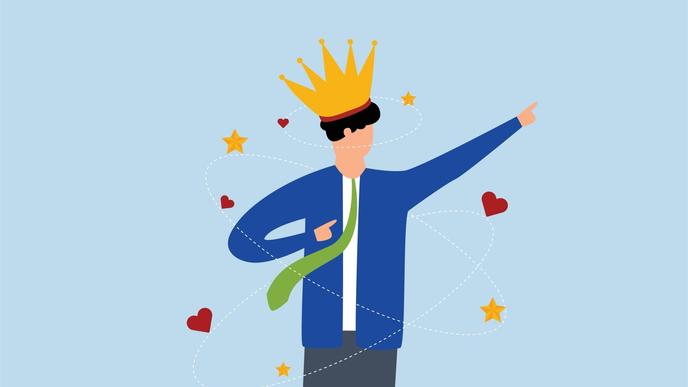
The pressure to meet arbitrary standards often leads to self-objectification, where a person stops seeing themselves as an individual with thoughts, ideas, and goals, and instead fixates solely on their body, weight, and other physical traits. This devalues personal achievements and character, fueling heightened anxiety and shame about one's appearance-which, in turn, lowers self-esteem, dampens mood, and impairs concentration.
When dissatisfaction with appearance becomes so severe that it interferes with daily life, work, or the ability to focus on anything else, it may indicate a mental health disorder. Body dysmorphic disorder (BDD) is a condition characterized by an obsession with perceived flaws-often minor or entirely unnoticeable to others.
Only by accepting your appearance and resisting the pursuit of trendy ideals can you maintain mental well-being. The relentless chase for perfection doesn't just lead to self-objectification and BDD-it can also trigger eating disorders and various forms of depression. Cultivating a positive self-image, self-acceptance, and respect for your body is not just beneficial-it's essential for a fulfilling life.
How to Reject Stereotypes and Define Your Own Beauty Ideal
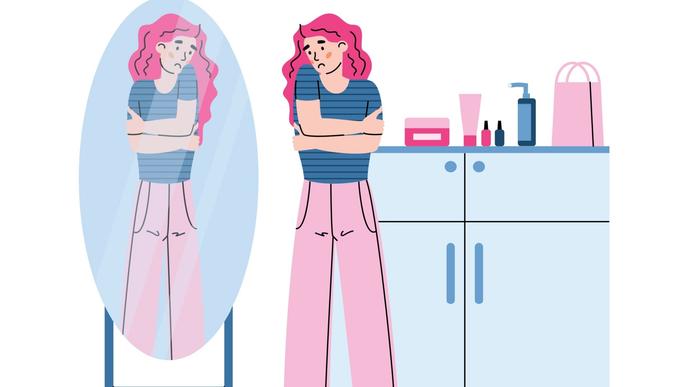
We've already established that ideals of beauty are shaped by cultural and societal stereotypes. To assess how deeply these influence your self-esteem, try an exercise we'll call "breaking free from ingrained stereotypes." Your goal is to trace the origins of these preconceptions in your mind.
Start by listing what you consider the "perfect" appearance, detailing its specific elements-clear skin, tall stature, voluminous hair, long lashes, etc. Avoid vague terms like "thinness"; instead, specify what that means to you-slender wrists, a flat stomach, wearing size S (or ideally XS), and so on. Then, for each item, ask yourself:
-
Why do I believe this?
-
Who in my family or social circle has insisted, for example, that a woman "must" have a tiny waist?
-
Do I actually agree with this?
-
Based on my observations, does someone become less attractive if they don't meet this standard?
A table format works best for this exercise. Here's an example:
|
Criterion |
Why do I think so? |
Do I agree? |
|
Big eyes and lips |
Girlfriends always said so |
Actually, no, because… |
- Conduct a Self-Audit
This is the most important stage on the path to changing your attitude towards yourself, your body and appearance, and therefore your self-esteem. You need to understand what you are happy with in your own appearance and what you are not happy with. But you should not do the exercise at a time when you are especially irritated or unhappy with something, experiencing severe stress and increased anxiety. It is better to wait, come to your senses and tune in to the internal work for self-improvement and self-support.
First, write down several key features, elements, traits of your appearance and style. For example, large eyes, thin lips, short stature, excessive thinness, curly hair, the need to wear glasses, and so on. Then ask yourself a few questions:
-
Do I like this trait? Does it make me feel confident?
-
When does it work in my favor?
-
When does it feel like a drawback?
Again, a table helps organize your thoughts:
|
Feature |
Do I like it? |
Advantages |
Disadvantages |
|
I always wear glasses for vision |
Rather yes, it is a great accessory that suits my style and complements it |
I always look stylish, businesslike and, of course, I see everything perfectly |
It is uncomfortable to wear glasses in cold snowy weather or rain |
- Determine What You Can (and Want to) Change
For traits you dislike, consider whether altering them is feasible-and at what cost (not just financial, but emotional and time-related). For example, losing 10 kg might require extreme effort, while ditching glasses could mean expensive laser surgery (which isn't for everyone). Create another table:
|
Feature |
Can it be changed? |
How many resources will it take? |
|
Short stature |
It is no longer physically possible to change your height, but you can visually appear taller, thanks to clothes of a certain cut and shoes with heels |
Choosing a few new looks will not cost that much, and besides, I have long wanted to update my wardrobe |
- Tune Into Your Feelings
Describe the emotions and physical sensations tied to the traits you're unhappy with. For example:
|
Feature |
Emotions evoked |
Body sensations |
|
I always follow the dress code and wear mostly formal business suits |
I always think that I look stupid. I feel out of place |
I can't relax, I'm always constrained in my movements |
- Make Your Decision
Revisit your tables with fresh eyes and decide for each item:
-
Change it (if the effort aligns with your values).
-
Accept it as-is (if the cost outweighs the benefit).
-
Table it (if you're not ready emotionally or financially).
Summarize in a final table:
|
Feature |
Solution |
Explanation and action plan |
|
I always wear glasses for vision |
I will wear contact lenses in the cold season |
I like wearing glasses, they complement my style and I do not feel any discomfort from them (only in snowy and rainy weather it becomes uncomfortable, so I will replace them with lenses for these periods) |
|
Short stature |
I will accept this feature |
But I will update my wardrobe with a few things that visually increase my height |
|
Business style of clothing |
I will change my style a little to casual |
I will wear formal business suits only when absolutely necessary, for example, for negotiations or signing contracts |
Such an inventory of appearance will help you look at yourself and your unique features from the outside, get rid of obsessive thoughts that you look somehow wrong or do not correspond to ideals. The main thing is that you correspond to your own ideas about what hairstyle suits you and what does not suit you, what style you feel comfortable in and what makes you feel constrained. Moreover, knowing about your features and unique features, you will be able to get to know yourself again, realize your individuality and values. Then it will be more difficult to offend you, insult you or influence your opinion of yourself.
Lectera’s Online Courses by topic
More Tips on How to Accept and Love Your Appearance
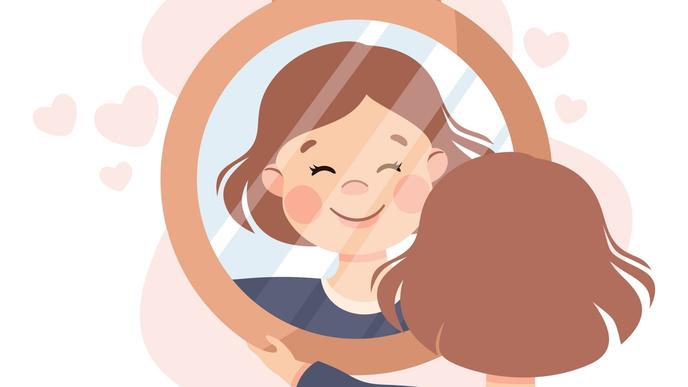
Tip 1: Eliminate External Triggers
This primarily refers to social media, where flawless photos of models with wrinkle-free skin and sculpted bodies flood our feeds every minute. Even though we know about Photoshop and the countless discarded shots behind that "perfect" post, it doesn't make scrolling any easier. According to an Instagram-led study, nearly half of young users feel unattractive after using the app-unsurprising, as Instagram is often called the worst social network for body image due to its unrealistic beauty standards.
In order not to worry once again, it is better to review your subscriptions on social networks and think about how this affects your perception of your own facial features and body. It is worth immediately unsubscribing from those who are intensively losing weight for the summer and urging their subscribers to do the same, posting only ideal retouched shots, and making offensive comments about those who look different.
Tip 2: Practice Body Neutrality
If body positivity feels like too big a leap, try body neutrality. Unlike body positivity (which focuses on loving your appearance), body neutrality is about detaching judgment from your body altogether. It means acknowledging your body without hatred-recognizing that, even if you're not thrilled with it, this body walks 10,000 steps a day, survives workouts, climbs mountains, and more.
Body neutrality is a compromise for those not ready to embrace self-love. It doesn't forbid you from changing things you dislike, but it insists you do so from a place of respect-listening to your body's needs rather than punishing it for "flaws."
Tip 3: Prioritize Health Over Aesthetics
Eating well and staying active shouldn't be about fitting into arbitrary standards. That mindset often backfires-think of people who crash-diet for "beach season," only to quit after days of misery. Instead, set long-term health goals: building strength, boosting immunity, or learning a new skill (like swimming or doing the splits).
Ditch habits like daily weigh-ins or waist measurements. Focus on how you feel: energized, capable, resilient. When exercise becomes about joy rather than punishment, consistency follows naturally.
Tip 4: Avoid "Fat Talk"
Speaking kindly to yourself is non-negotiable for self-acceptance. Even "jokes" like "Ugh, I look so fat" reinforce shame and can trigger eating disorders. Replace self-deprecating phrases ("I look like a cow in this dress") with neutral or compassionate language.
Tip 5: Silence Your Inner Critic
Every time you catch yourself thinking "I'm not pretty enough", ask yourself: "Who is not enough?" Remember that these are often other people's standards that don't apply to you at all. Replace self-criticism with kind and supportive words. It's also important to pay attention to the internal aspects of problems and not deceive yourself by accepting your own feelings as facts or givens. For example, "I'm so ugly" is better replaced with "I don't feel attractive".
Self-acceptance isn't an overnight transformation. Loving your body is a daily choice requiring patience and effort. Use these Lectera-approved strategies regularly, and revisit self-audit exercises to reframe your perspective. Over time, these tools will stabilize your self-esteem and help you stand firm in your worth-exactly as you are.
Share this with your friends via:
Latest News
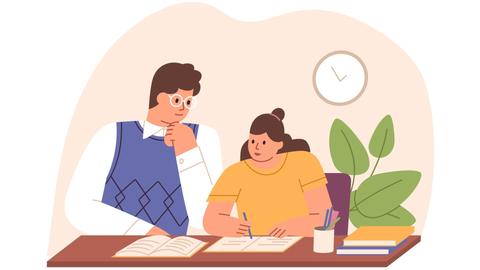
A significant stage in the development of the alternative education system has begun in West Northamptonshire in the UK: the County Council is actively calling on parents, guardians, and trustees to participate in shaping the future of this key area.
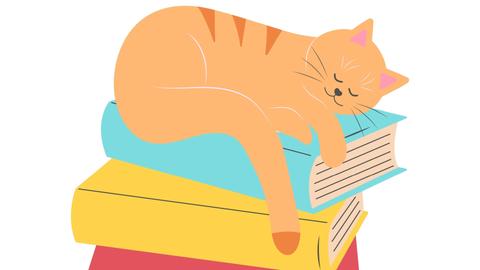
Outwoods Primary School in Atherstone, Warwickshire, having experienced deep sadness after the loss of their famous cat, Silla, has found solace in a new pet – a Maine Coon named Aloysius O’Hara.

In modern universities, artificial intelligence, and in particular ChatGPT, is rapidly transforming from a controversial tool into a full-fledged student assistant.
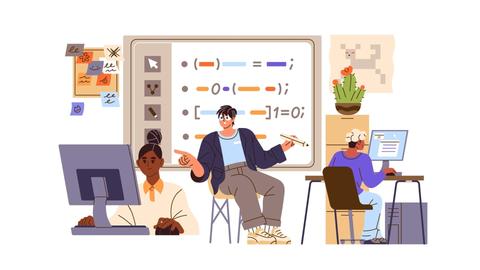
An innovative educational project is gaining momentum in UK primary schools, aiming to change attitudes towards video games.

The Massachusetts Institute of Technology (MIT) presents MIT Learn – a revolutionary online platform that opens a “new front door” to access university knowledge and resources.


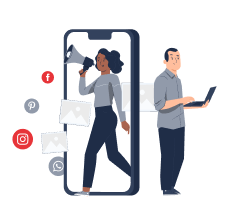


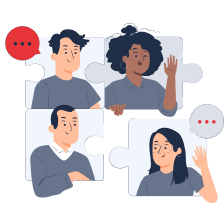





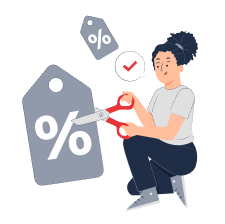
 How Not to Lose Focus When Learning Everything at Once: The Art of Selective Development
How Not to Lose Focus When Learning Everything at Once: The Art of Selective Development
 Test. What Winter Dessert Are You?
Test. What Winter Dessert Are You?
 What New Skills You Should Start Learning Today
What New Skills You Should Start Learning Today
 Test: What Kind of Ancient Goddess Are You?
Test: What Kind of Ancient Goddess Are You?
 Test: Which Great Woman Would Invite You for Tea?
Test: Which Great Woman Would Invite You for Tea?
 Test: How Well Do You Balance Work and Personal Life?
Test: How Well Do You Balance Work and Personal Life?
